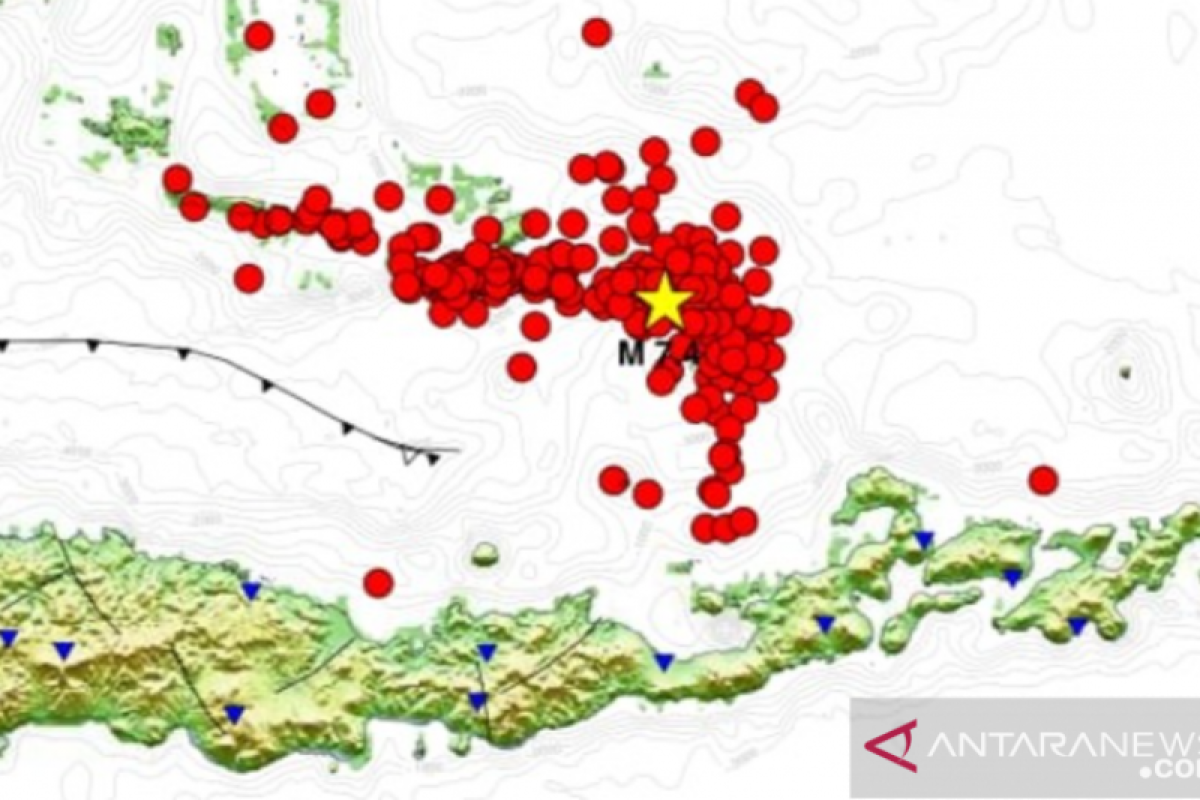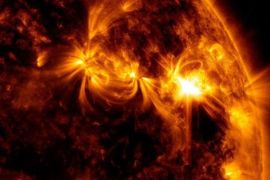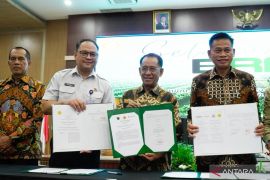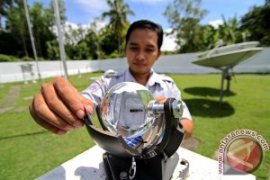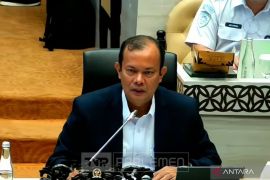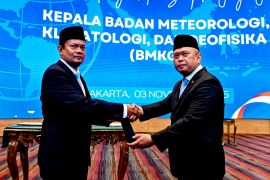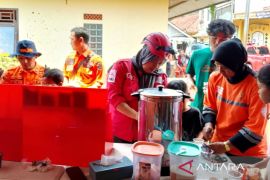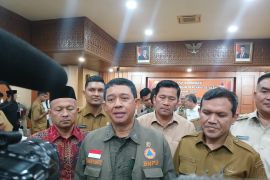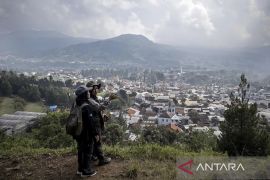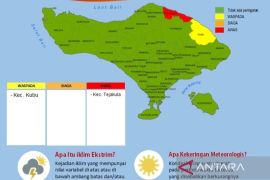Coordinator for Earthquake and Tsunami Mitigation at BMKG Daryono reported the results of BMKG monitoring until Saturday, December 18, 2021, at 9:00 local time that showed 724 aftershocks had occurred, with the largest magnitude reaching 5.4 and the smallest aftershock at magnitude 1.0.
A closer look at the earthquake activity in Flores Sea indicated several aftershocks had occurred. This showed that currently, the energy release process was still ongoing around the location of the epicenter.
This also proves that the distribution of BMKG's seismic stations around the epicenter was quite effective, and even small earthquakes can be recorded properly.
"Looking at the recent trend of aftershocks in Flores Sea, it has shown decreasing activity, both in terms of the activity and magnitude," Daryono remarked on Saturday.
Related news: 4.6-magnitude earthquake jolts West Nusa Tenggara
The coordinator noted that on the first day of the earthquake on December 14, aftershocks occurred 265 times, while 230 aftershocks on December 15, 145 aftershocks on December 16, some 74 aftershocks on December 17, and 10 aftershocks on Saturday until 9:00 local time.
Daryono reminded the public to not be afraid of the large number of aftershocks.
"Aftershocks are the process of working tectonic forces in finding a new equilibrium after major deformations or faults occur on the earth's crust at the source of the earthquake, so aftershocks are common after a large earthquake," he stated.
Daryono noted that the distribution of aftershocks in Flores Sea gave BMKG an outlook in unearthing and finding new suspected fracture lines that are a reflection of the active fault line that triggered the 7.4-magnitude earthquake.
"The decreasing number of aftershocks is a good sign that seismic conditions in Flores Sea will soon return to normal," he added.
Related news: South Sulawesi police personnel deployed to assist quake victims
Translator: Devi Nindy S R, Resinta S
Editor: Rahmad Nasution
Copyright © ANTARA 2021
